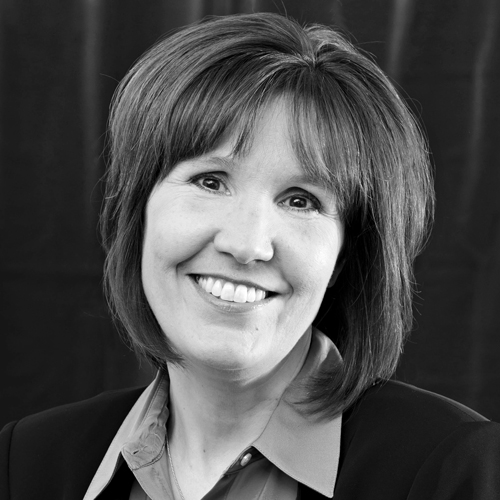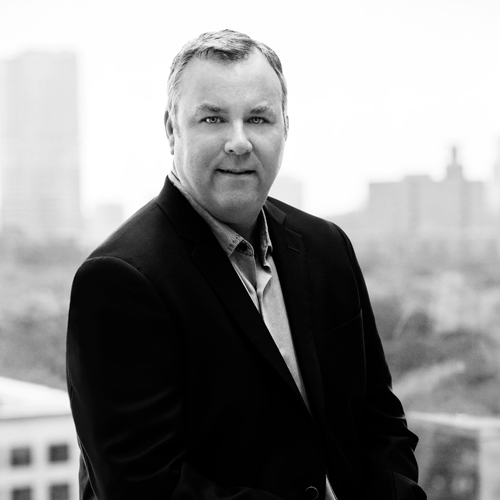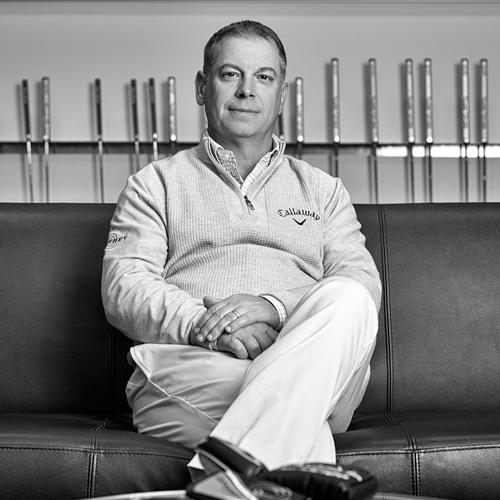Deborah Herrera began her career without knowing its progression. She started in well-run, well-established companies, hoping it would follow the typical track toward the executive level. However, she quickly began to realize that she loved the messier side of business—the aspects that don’t necessarily have a distinct map. She found herself drawn to companies that fit that build. “I found I love the tough issues, the situations without clear solutions. With that comes a lot of uncertainty, and there’s no real playbook,” Herrera says. It enabled her to keep an open mind rather than having a one-size-fits-all approach for her career.

That journey carries over into her hands-on leadership style. She didn’t start off as the most collaborative person. In her early roles as a leader, Herrera felt as though she had to do it all, but the realization for her came when she worked for Thomson Reuters, formerly Thomson-West. Herrera and her team were working on replacing a legacy royalty system for the company. Being that most of the data Thomson Reuters sold was purchased through third parties, royalties were a significant part of the business.
While implementing the new system, Herrera’s team discovered an error. This error in the code was difficult to spot even by auditors, and they found out it had been going on for quite some time. It left some vendors overpaid, while others were underpaid. “It had the potential to be a big mess,” Herrera recalls. She involved the powers above her to let them know what was going on and to convince them of the solution. From there, it was about informing vendors and trying to rectify the financial piece. The project involved virtually every function across the organization, including public relations, legal, technology, sales, and marketing.
It was a full-force effort, and it was one of Herrera’s proudest moments in her career. “That was kind of my first real taste of reality in enlisting people to help in a project to not only affect the outcome but also bring people along the way,” she says. This was a project that required broad expertise and commitment, she adds, and no one person could have accomplished this alone.
Herrera also used her hands-on style at Salo to reshape the internal finance department’s culture and morale. She was brought on as the interim chief financial officer, inheriting a team that wasn’t fully reflecting the mission, vision, and values of the organization. The company was growing rapidly and enjoying a phenomenal reputation in the marketplace, but the internal finance team seemed disconnected from the culture of the company, she says. It took a common goal to bring them together, and that’s exactly what Herrera did.
She started with listening, then by meeting her team where they were and understanding what made them tick. She invested time in learning what was working and what wasn’t in order to create a vision that would make sense and something they all could trust and rally behind.
“When you do that, you have to be open and generous, so people can walk into that space and know they’re going to be taken care of,” Herrera explains. “That’s what leadership looks like to me. It’s creating a safe space where people can come alive in ways they’ve forgotten how to or have never done before. When you do that, you unlock a potential in them that’s magical.”
Her leadership style stems from many years of working cross-functionally. The purpose behind cross-functional influence and impact is rallying behind a common purpose and being on the same page. Herrera was powerfully introduced to the concept while working at Best Buy, which was quite different than her more structured positions at General Mills and Pillsbury.
“General Mills was a well-oiled machine at the time,” Herrera says. “Roles were very well defined, which provided an excellent training ground. Everyone knew their responsibilities, and they operated within those parameters. Best Buy, on the other hand, was the epitome of a matrixed environment and cross-functional teaming. It was so big—$50 billion at the time—and finance didn’t have a seat at the table, which meant you had to earn the respect of your cross-functional partners in a very different way.” At Best Buy, she gained the tools she utilizes today to be a successful consultant and executive coach for companies looking to build, develop, and function as high-performing teams.
For Herrera, success in working cross-functionally stems from cultivating effective relationships, which builds trust and enables better financial decision making. “I believe people are the key to sustainable change,” Herrera says. “My goal is to unlock the potential within people at the organizational, team, and individual level in support of their desired future state. For me, what you see is what you get.”
She’s not trying to be the shining star or get all the glory. Herrera’s goal is to be the best she can to service the broader goal of the organization or team. She loves being a part of something, and she thinks that brings down walls. When that doesn’t work, she relies on the data. She lets the facts speak without emotion so people can talk and hear for themselves.
Herrera also believes that to have a sustainable impact on business, one needs to have a positive impact on people. “I love watching people come alive. Once you facilitate that, and they’re ready to fly, it’s amazing. I love that,” she says. “That’s what I love to do, and I just happen to do it with a financial lens.”
According to Herrera, one of her purposes in this world as an effective leader is helping people realize their full potential. “My work is about leading fearlessly from the heart,” Herrera says. “I love working with organizations, teams, and individual leaders to create that space, which allows them to clear a path to focus on the big stuff that really matters.”














